What happens to your Easter egg packaging?
Easter is a busy time of year for the retail industry with an estimated 80 million Easter eggs being sold annually to consumers in the UK. In addition to the UK having a sweet tooth it also means that it has a lot of excess packaging, and you may well ask, ‘what happens to your Easter egg packaging?’ At Cawleys we have dedicated, expert teams at our recycling centres, and a variety of methods that we employ, to treat cardboard, paper, plastic and metal recycling.
How much packaging is generated over Easter?
Easter chocolate packaging generates more than 4,300 tonnes of card and 160 tonnes of foil waste per year. Greetings cards also generate around 4,000 tonnes of waste with 10 million cards being bought and sold.
Since 2009 an effort has been made by chocolate and food manufacturers, including Cadbury, Nestle and Kraft Foods to reduce the amount of packaging for their Easter eggs and chocolates. There has been a big decrease in the amount of packaging with some manufacturers even reducing the amounts by 50 per cent. Through decreasing packaging volume, companies were not only able to help cut the amount of materials being used and therefore going to landfill, but they were also able to make economical savings and improve distribution efficiency.
Reducing packaging
As part of their packaging reduction efforts in 2009 Cadbury were able to use 220 fewer tonnes of cardboard and 250 fewer tonnes of plastic. Similar numbers were reported by Mars with 200 fewer tonnes of cardboard being used. In 2012 Nestle committed to making their Easter packaging 100 per cent recyclable.
What happens to your Easter egg packaging?
Once the festive treats have been enjoyed by UK families the packaging from the chocolate can be separated ready for recycling. The different materials used have different methods of being treated once they are collected from household recycling bins.
Cardboard recycling
Cardboard is sent to paper mills to be treated and reconstituted. It is first separated further into boxboard, food pack cardboard like Easter egg boxes, and corrugated board, large packaging boxes. Next the cardboard is put into a mills and a solution of water and chemicals are added to degrade the cardboard down into a pulp. The pulp mixture then goes through a thorough screening and cleaning process that removes any unnecessary materials such as glue or sticky tape. A de-inking process is then carried out to chemically strip any dyes or inks used in the packaging, this process continues until the pulp is clear of any excess materials.
The final stage of cardboard recycling is known as finishing, where the pulp is dried out and put through machines to ensure any excess liquid is removed and the material sticks together, ready to be turned into new cardboard boxes, packaging and material.
Plastics recycling
Plastics are treated with a different process at plastic mills. Before treatment plastics are sorted and washed to ensure that no foreign contaminates are present. Depending on the type of plastic it can be either melted down directly in a mill and remoulded into a new shape or put through a shredder to turn it into flakes and then melted in a mill before being turned into granulates.
Aluminium foil recycling
The last part of Easter packaging that can be recycled is the aluminium foil that your delicious chocolate treats are wrapped in. Normally most aluminium foil is collected and recycled with other aluminium products like drinks cans. These materials are cleaned at a recycling centre and are treated using high temperatures to melt down the metal components. The melting process helps to separate the coating of the foils, which is oxidised and captured for reuse as electrical power. Following the heating process the molten aluminium is made into ingot blocks and rolled out ready to be remade into cans, foils and packaging.
How can Cawleys help with your packaging needs?
At Cawleys we have a number of recycling systems available to treat a wide range of materials, to learn more about our collection and waste services please contact a member of our sales team on, 0845 260 2000, and they will be happy to assist you with your enquiries.
